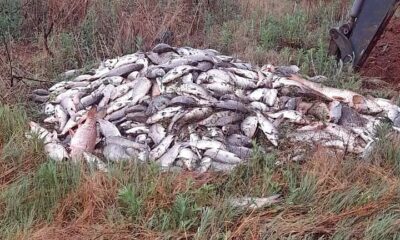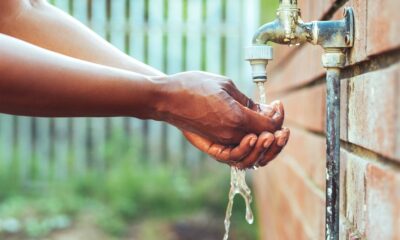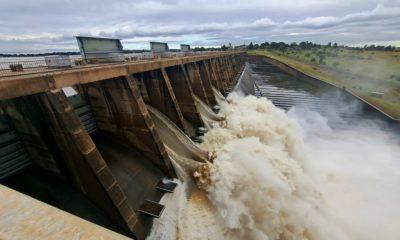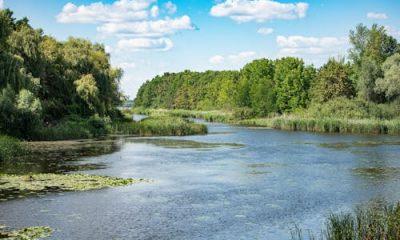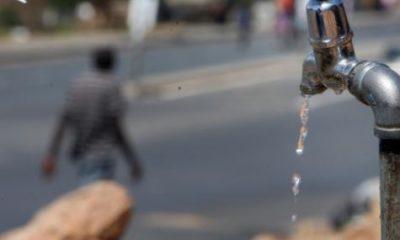News
Vaal Dam Levels Ease Slightly as Summer Rains Return
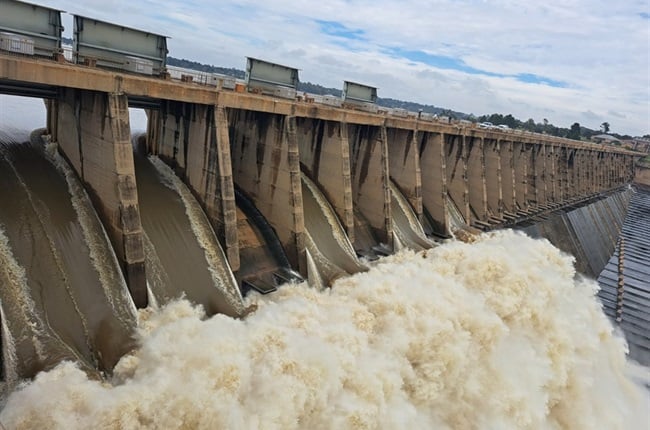
The Vaal Dam is edging into the rainy season with a curious trend: while rains are arriving, water levels have dipped slightly this week. According to the Department of Water and Sanitation’s latest provincial report, the dam sits at 102.3%, down from 103.6% just a week earlier.
A sharp contrast to last year
Although the drop may sound concerning, the bigger picture tells a story of recovery. This time last year, the Vaal Dam was barely holding at 40.9%. That figure underscores just how fragile South Africa’s water security can be, especially in Gauteng and the Free State, where the Vaal is a critical supply lifeline.
Communities that remember the crisis years will know how close the system came to running dry. In 2016, levels sank to just 29.5% and in 2020, they were at a worrying 33.3%. Compared to that, today’s “dip” feels less like trouble and more like fine-tuning in a system under constant pressure.
What the latest numbers show
According to The Reservoir, a Water Resource Information Centre, the dam was measured at 102.40% on 1 October 2025. At the time, the inflow was 93.2 cubic metres per second while the outflow was 16.8 cubic metres per second.
Downstream at the Vaal Barrage, water levels held steady at 7.5 metres, but outflow changed dramatically between 30 September and 1 October, jumping from 10.1 to 44.6 cubic metres per second. Water temperatures also shifted slightly, rising from 17.3°C to 17.8°C.
The day-to-day variations may seem small, but they tell the story of a highly managed system balancing inflows, releases, and consumption demands.
The long view
Looking back, the historical record for the end of September highlights just how volatile dam levels can be. In 2019, the level was 54.7%. In 2021, it was over 83%. By 202,2 it had climbed to 94.6%, only to slump again in 2024 to around 41.4%.
These wild swings reflect not only rainfall patterns but also consumption pressures and broader climate changes affecting southern Africa. It is a reminder that South Africans live in a country where water security is never guaranteed, even with a dam currently overflowing above the 100% mark.
Why this matters locally
For Johannesburg and the surrounding regions, the Vaal Dam is more than just a reservoir. It underpins industry, agriculture, and household taps. When levels plummet, restrictions follow, affecting everything from neighbourhood gardens to factory floors. When they rise above 100%, officials must carefully release water downstream to protect infrastructure and communities along the river system.
With the arrival of La Niña conditions expected to bring wetter weather this summer, the dam is likely to remain comfortably full. Yet the fluctuations serve as a reminder of how closely water managers and communities must keep watch, knowing history has shown just how quickly levels can fall.
Also read: Ngizwe Mchunu Faces Public Fury Over Homophobic Outburst
Follow Joburg ETC on Facebook, Twitter, TikT
For more News in Johannesburg, visit joburgetc.com
Source: The Citizen
Featured Image: News24



